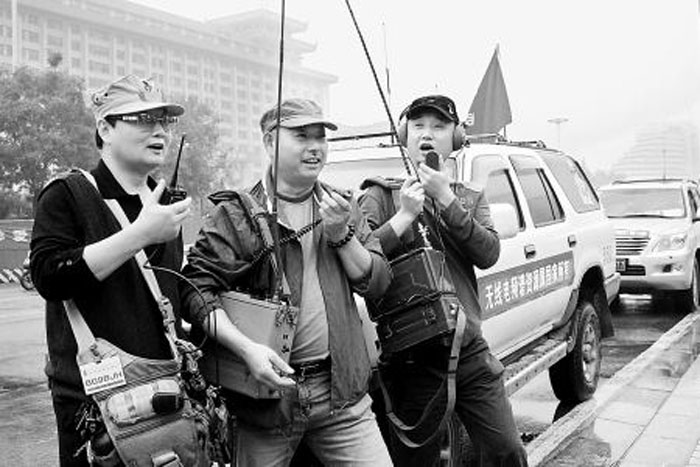+86 15093323284 hams@ailunce.com
Why does new ham need to learn frequency bands?

As we all know, hams need to obtain an Radio Operation Certificate Examination to be a legal identity before actually operating the radios. One of the important items in the operation evaluation is the learning of the band, so why does the new ham need to learn the frequency band?
Which frequency band can you use legally?
UHF&VHF communication distances are limited, so they are suitable for local communication. almost all countries, as long as the certified, new ham also can make QSO; HF is also called short-wave, the communication modes are various, and communication distance is longer, and working power are relatively high, so it is suitable for global communication, and only allowed to be used by personnel with intermediate or advanced hams. In particular, please refer to the national or local laws and regulations for the frequency bands that each ham can use.
Which model of radios can you buy?
There are roughly three models of radios on the market, and they are UHF / VHF, HF and UHF / VHF / HF radios.

New hams generally choose to buy UHF / VHF handhold and mobile car radios. Of course, some people choose UHF or VHF single-band radios according to needs for use. on the whole, the price of the bands radios is relatively low. Most of hams with middle and high-level licenses choose HF or UHF / VHF / HF radios, so that they can make QSO with hams all around of the world in high power mode. The type of radios they choose are more expensive. of course, the minority new hams will buy UHF / VHF / HF radio, and the model of radios also is more expensive than UHF / VHF radios. so for new hams, you should buy the radio is suitable for your operating band according to your level and ability to payment.
The legitimacy of cross-international QSO
For middle and high-level hams, it is often to make QSO with hams all around the world. Although the frequency usage specifications are allocated by the International Telecommunication Union, national communications administrations can set limits or assign additional frequencies to specific radio services in the band configuration plan. For example, the 80m band, China and Singapore are available in the amateur band from 3.5 to 3.9 MHZ, but Japan has divided this band into many small bands, only open to certain bands. Some countries even call the CW and date packet (80m) at the bottom of the band and SSB (75m) at the top.











